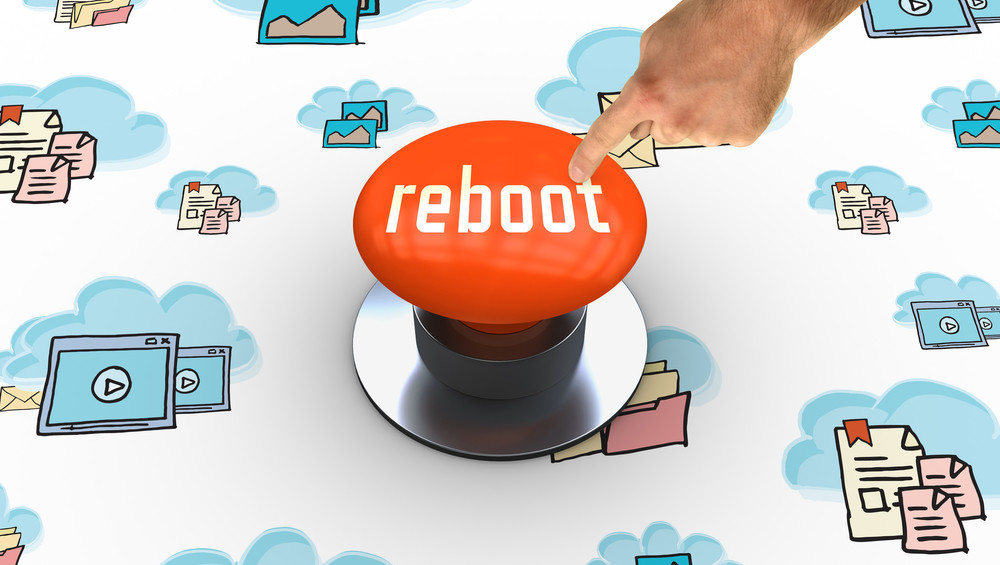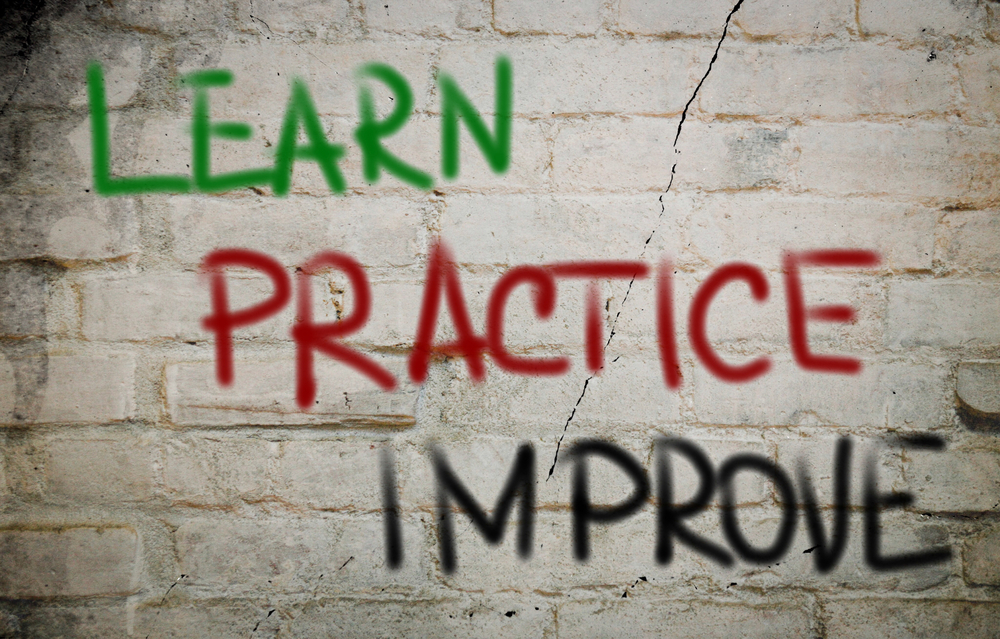
By investing in a faculty rich in diversity, skills and experience, Joseph Featherstone believes Interpreter Education Programs can enhance sign language interpreting students’ readiness while upholding high standards of practice.
There’s been a lot of focus on interpreter readiness, especially for recent graduates of Interpreter Education Programs (IEP). As a Deaf person who often uses sign language interpreting services, as an educator teaching university-level ASL courses, and as a CDI, I want to share some observations and insights that will increase the likelihood that an IEP will turn out graduates who are ready to function as effective interpreters.
Identifying Gatekeepers
I remember once getting a call from a friend who teaches ASL. She had a question about a former student of mine.
“Should I accept her into the program? Or is she going to waste a spot for a potential interpreter?”
It hadn’t occurred to me how my ASL classes impact the Deaf community by feeding ITPs and educating prospective interpreters.
At that moment, I realized, as an ASL instructor, I was a gatekeeper.
Historically, Deaf community members acted as exclusive gatekeepers and chose who would become interpreters (Ball, 2013., Cokely, 2005., & Fant, 1990). In the 1960s and ‘70s, sign language interpreters were most often those who were already connected to the Deaf Community – children of Deaf parents, close friends, siblings, and pastors of congregations (Cokely, 2005). With time, though, government support for sign language interpreting grew, new trends emerged, and the mode of gatekeeping shifted.
Nowadays, the most common way to become an interpreter is via classroom education through schools and interpreter training programs (Ball, 2013). Due to this change, the role of gatekeeper has now expanded to include a variety of instructors from these schools and programs.
In his article, It Takes a Village to Raise a Sign Language Interpreter, Brian Morrison says, “Rather than viewing interpreter education programs negatively or putting the sole onus on them for having not taught students all they need to know, we can shift our focus to building on their existing foundation.”
I couldn’t agree more.
After the phone call from my friend, my epiphany snowballed. I realized that as an instructor and a gatekeeper, I had the unique opportunity to prepare my students to connect into the Deaf community. I wasn’t on just one side anymore; I had a responsibility to set high standards and teach my students to these standards.
And I’m not the only one. Every instructor along a student’s journey, from those teaching introductory ASL to those teaching the most advanced IEP courses, have a dual role—teaching and gatekeeping. Everyone.
As Morrison says, it takes a village.
For that reason, I encourage IEP directors to evaluate their faculty’s backgrounds and experiences. It does take a village to raise a sign language interpreter, and it takes a village to keep the standards of sign language interpreting high.
The Village
The village, like the gatekeeper, is a metaphor. Village members represent members of the Deaf community in all their variety. In earlier times, the village helped mentor and nurture a budding interpreter to grow in language and cultural fluency.
Today, sign language interpreters are graduating and passing certifications without being immersed in that surrounding village, leaving a gap between them and the Deaf community.
As an interpreter, instructor, and Deaf individual, I’ve seen how this gap affects all of us involved in the IEP student’s journey and how it affects our roles as gatekeepers.
In addition to more and more encouragement (or a requirement) to go out and spend precious time participating in the Deaf community, I propose that IEP directors and boards bring a little bit of the village to the interpreter—for preparation and evaluation.
This sampling of the village cannot replace the knowledge, skills, and experience interpreting students gain by spending time in the Deaf community. But, a faculty that reflects the diversity of the village can help students more quickly build their knowledge, skills, and cultural fluency. And time is short to prepare interpreters to reach graduation.
Who, then, do we bring in from the village?
I’d like to introduce you to four of what I call the village elders: the Native English-Speaker, the Native ASL Signer, the Bilingual Native, and the CDI.
The Village Elders
The Native English-Speaker:
Instructors who are English natives, for whom ASL is an acquired language, aren’t difficult to find. These are hearing instructors. Because they are common, their role in the village can become ambiguous without the context of the other faculty.
As a Native English-Speaker, this elder has the distinct trait of native fluency in English. They share this English first language acquisition with most of their interpreting students. The depth of their understanding of the nuances of English can only help as they interpret in situations rich with jargon or cultural queues (e.g., a hospital visit).
In large part, Native English-Speakers can identify with their interpreter students’ journey because it is one they had to make themselves: they once had to pass by gatekeepers and gain entrance to the Deaf community and the village.
The Native ASL Signer:
Typically a deaf teacher with native ASL fluency, having a Native ASL Signer teaching ASL or ITP classes cannot be undervalued. It’s always preferable in terms of language acquisition to have a native speaker teaching the mother tongue rather than someone who learned it later. Often, the ASL native not only has a primary language learner’s understanding of ASL but also can share their experience and knowledge as a member of the Deaf community.
In the classroom, they represent the Deaf perspective on sign language interpreting. Through their instruction, IEP students can gain a better appreciation for the Deaf community and can develop a basic cultural fluency to build on outside of class.
Many IEPs do not employ Native ASL Signers for classes other than ASL. There are classes that could benefit from a Deaf native’s perspective, like ethics and translation. Wouldn’t it be amazing if each of these village elders could teach an ethics course each semester and offer their different perspectives?
The Bilingual Native:
Bilingual Natives have native fluency in both ASL and English, such as Children of Deaf Adults (CODA). Because they most likely grew up with ASL as their first language, the Bilingual Native more intimately understands the Deaf way. That’s not to say that that they are more invested in the Deaf community than those who learned ASL in school, but that their relationship with the Deaf community is more direct, and as such, they are greatly impacted by the state of the Deaf community.
Bilingual Natives also have a strong understanding of English and can teach on the intersection between the Deaf and Hearing communities, especially as it relates to interpreting.
The CDI:
This may be the most under-utilized Village Elder. A CDI can be instrumental in the holistic development of an interpreting student. Their experience as a Deaf community member and a certified interpreter helps them bridge the perspective gap between ITP students and the Deaf community. They understand the feelings of being a client, and they understand the pressures of being a sign language interpreter.
Sometimes interpreting students view Deaf teachers as skilled in the language but less able to identify with the mechanics of interpreting. CDIs like myself are able to relate on both levels. We are Deaf. We are also not just interpreters, but interpreters who are more often called in for extreme, high-stress, high-stakes interpreting situations. We typically have more experience in the trenches where interpreting mistakes can be disastrous.
The unique CDI role provides us with a distinct perspective and understanding of the interpreting process, the Code of Professional Conduct established by RID, as well as the feelings of interpreters and the recipients of interpreting services—not to mention, CDIs know firsthand the best practices for team interpreting with other CDIs and hearing interpreters.
CDIs have a lot to offer IEP students. It’s been my experience that recent graduates from programs with a CDI on faculty exhibit a more refined situational awareness.
In The End
To rephrase Morrison: “Imagine the outcomes when the new student and the [Village Elders] learn and grow from sharing their knowledge with each other.” Skill development is quickest when in the community. For our students, that means taking every opportunity to encourage their interaction with allies, advocates, and members of the Deaf community and providing them with a faculty that reflects the strength and diversity of our community.
Questions For Consideration
- What skills or perspectives do you and your faculty have that contribute to the sense of the village in your program? What additional skills or perspectives could benefit your program?
- How do you think IEPs can better build a sense of the village and gatekeeping?
- Why do you think it takes a village to raise a sign language interpreter?
References
- Ball, C. (2013). Legacies and legends: History of interpreter education from 1800 to the 21st century. Edmonton, AB: Interpreting Consolidated.
- Cokely, D. (2005). Shifting positionality: A critical examination of the turning point in the relationship of interpreters and the deaf community. In M. Marshcark, R. Peterson & E.
- Fant, L. (1990). Silver threads: A personal look at the first twenty-five years of the registry of interpreters for the deaf. Silver Spring, MD: RID Publications.
- Morrison, B. (2013). It Takes a Village to Raise a Sign Language Interpreter. Retrieved September 28, 2016, from https://www.streetleverage.com/2013/09/it-takes-a-village-to-raise-a-sign-language-interpreter/





